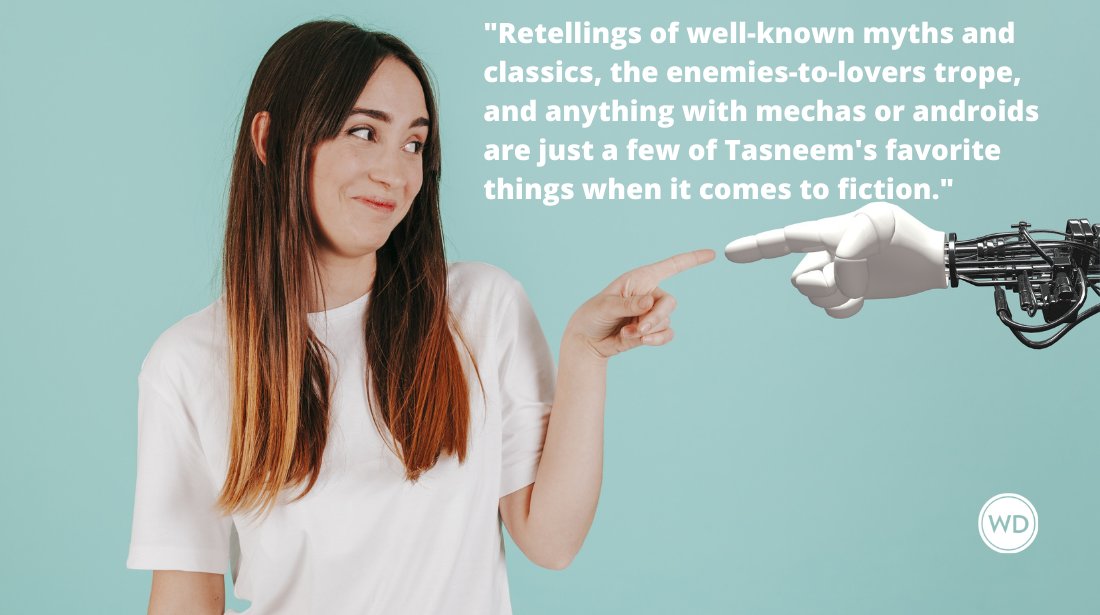Finding My Voice in a Crossover Book — and Creating a Scholarly Work With Mainstream Appeal
Bernadette Barton explains how she got her scholarly books published, and how she created work that would have broad appeal.
As an academic writer attempting to attract a trade audience while meeting the rigorous requirements of scholarly reviewers, my publication process likely differs from that of many of you, in that I chose to bypass the agent route. I have published two books with New York University Press – Stripped: Inside the Lives of Exotic Dancers (2006) and recently, Pray the Gay Away: The Extraordinary Lives of Bible Belt Gays (2012).
The first hurdle to scholarly publication is catching the eye of an editor who then sends one’s proposal/manuscript out for blind peer reviews. A university press evaluates a submission in light of the potential book’s impact in a discipline. Typically, scholarly reviewers expect a certain kind of measured, unbiased tone, much substantiation of any claims, i.e. lots of citations of others’ work, and little personal presence in the material.
Check out Bernadette Barton's Pray the Gay Away: The Extraordinary Lives of Bible Belt Gays today.
For the scholarly reviewer, the disembodied voice of “objective” knowledge is right and good, for the trade reader, not so much. Most trade readers enjoy an engaging story that draws one in, and the author is a reliable point of entry for this. In other words, when a nonfiction author is not present in the writing, reading a book can become more laborious, more disembodied, and overall, the reader may not remember as much of the book without good note-taking. So, how does the writer/scholar balance such different requirements?
In my case, I erred on the side of scholarship with Stripped. This was the easy way out. I was not a member of the group I was researching – to clarify, I did not work as an exotic dancer – so I had fewer colorful stories wanting to spill out of me. Plus, the stigma and stereotypes people have about exotic dancers meant I grew accustomed to dealing with a certain amount of salacious inappropriateness from others, especially men, which encouraged me to distance myself from the work. Looking back, I love Stripped. I think it is an excellent book that I wish more people would read because it makes human a group of people who are hypocritically marginalized and despised while being falsely emulated. Still, in terms of my journey as a writer, I regretted not being more present in Stripped. I resolved to write a different kind of book with Pray the Gay Away, one that had a little more of me in it.
I am a lesbian living in the Bible Belt, so finding personal material to share was not hard. Pray the Gay Away opens with a story of a neighbor calling homosexuality an abomination to me in my own backyard. My task was to balance my story with those of the lesbians and gay men I interviewed, to highlight the important themes that emerged without resorting to any snarky tone, and to explain the theological underpinnings of conservative Christianity fairly and accurately. This required writing many drafts. In some, reviewers thought I was too present in the story causing me to drown out interview subjects. I received grouchy sounding reviews that my writing was “self-indulgent” and made them “uncomfortable.” Also, I was frequently warned to watch my tone – advice I took so much to heart that when I recently gave a presentation on ex-gay therapies at a sociology conference, the other panelists appeared concerned at first that I was advocating for them.
It took six years, 60 audio-taped interviews, hundreds of informal conversations on the ideas, close to twenty blind reviews (for the book and journal articles), seven drafts, driving my partner crazy by “working all the time,” and several memorable personal meltdowns to balance my voice with the Bible Belt gays I interviewed for Pray the Gay Away. But I believe I have succeeded and so far have no regrets about its voice or tone. Now that Pray the Gay Away is out in the world finally being read, reviewed and responded to, I feel strangely that it is both mine and not mine simultaneously. It is mine because I conceived, researched and wrote it, and it is not mine in that it tells the untold story of Bible Belt gays – and this story both has its own momentum and belongs to others. The Eastern sense of detachment I feel about the work – the paradoxical mine/not mine sense I have – allows me to shamelessly promote the book and eagerly question readers about what they found most valuable in it. So far, fingers and toes crossed, reader reviews have been excellent. And perhaps my next book will “crossover” so far that I actually get a literary agent.
Bernadette Barton is a professor of Sociology and Women’s Studies at Morehead State University in Morehead, Kentucky. She is the author of Stripped: Inside the Lives of Exotic Dancers (NYU Press, 2006 ) and Pray the Gay Away: The Extraordinary Lives of Bible Belt Gays (NYU Press, 2012). For more information about Bernadette’s publications or to book her for a lecture, visit www.bernadettebarton.com. You can find PRAY THE GAY AWAY on Amazon, as well. Library Journal said of the book, "Very much worth reading, and at times moving..."







